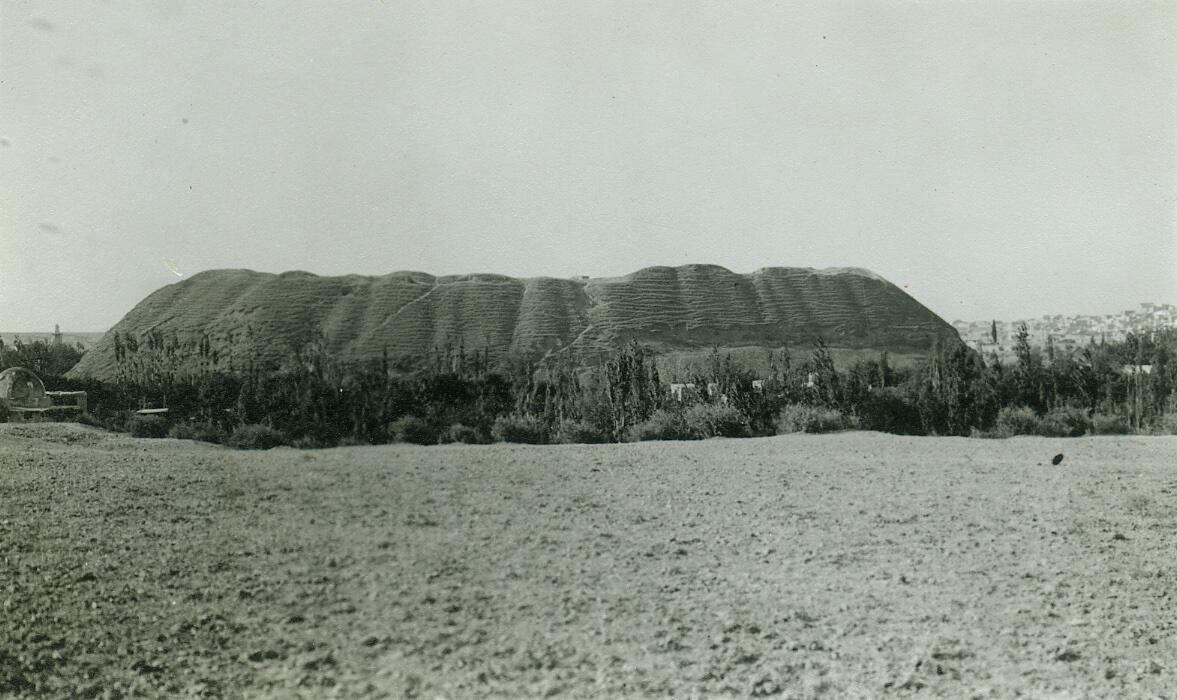The mound of Hama is located in the Middle Orontes Valley. The Danish excavation at Hama, carried out from 1931 to 1938, was one of the earliest archaeological projects undertaken in Inland Western Syria. Since then, the material from Hama has played an important role in discussions of the history and archaeology of this part of the ancient Near East. Two aspects of Hama have enhanced its significance: it is characterized by the longest continuous sequence – Middle Neolithic through Iron Age 2 (ca. 6500 - 720 BCE) – in Inland Western Syria, and, during at least two of these periods – the Early Bronze Age (ca. 3000 – 2000 BCE) and Iron Age 1-2 (ca. 1100 – 720 BCE), Hama was an important participant in regional events – firstly, in the processes that led to urbanization and state formation in Western Syria, and secondly, as the capital of the powerful Neo-Hittite kingdom of Hamath. Because of its importance, Hama has remained a benchmark for the (relative) chronology of Inland Western Syria, based primarily on typological correlations. The final publication of Hama will require the retrieval, reorganization and processing of all the unpublished and published archaeological materials excavated between 1931 and 1938. The new project will combine material culture, archaeometric, C14, and archaeomagnetic analyses in order to create an absolute chronology for this long – and continuous – sequence at Hama. In addition, the archaeometric studies will provide new geochemical references for clay materials in this region and beyond. These new analyses, in combination, will provide an absolute and precise chronology with which all other site chronological sequences in this region can be correlated.
The publication project is directed by Dr. Georges Mouamar.


